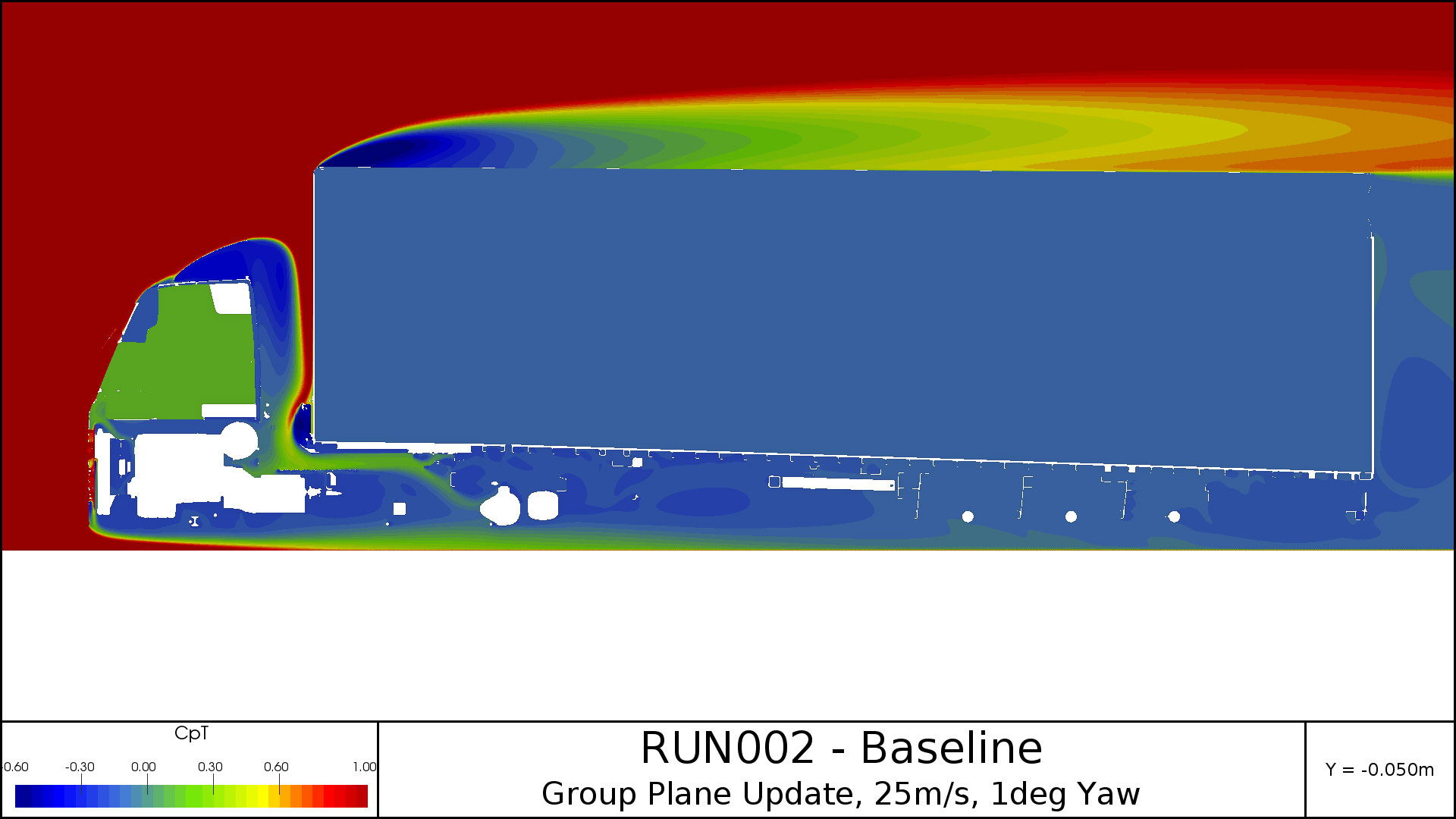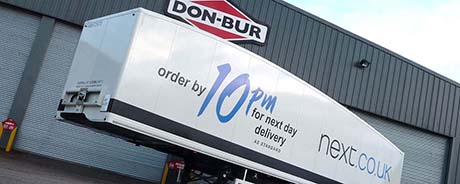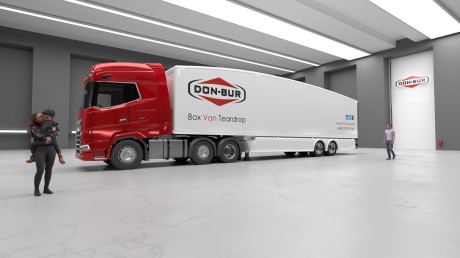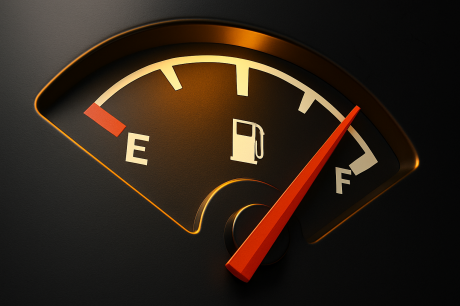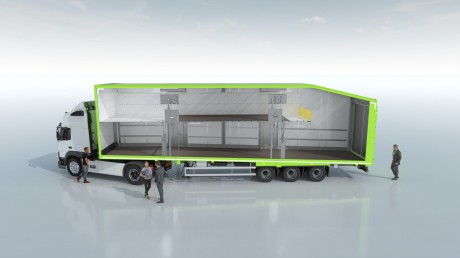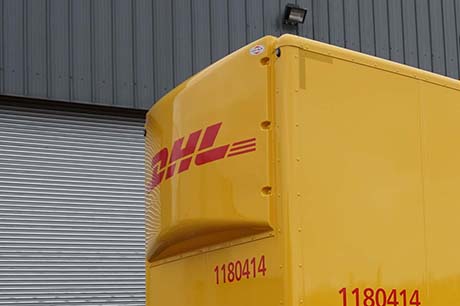Fuel consumption is primarily attributable to 3 things: (1) resistance to inertia, (2) rolling resistance and (3) aerodynamics.
(1) Inertia:
A vehicle at rest contains inertia and in order to accelerate, a force must be applied continually. This force is provided by additional throttle (fuel) which generates more power from the engine. Once the vehicle has reached a constant speed, the engine power is only required to counteract the 2 remaining forces. Hence a vehicle that is continually accelerating/ decelerating will consume considerably more fuel. This can be improved with driver training and route planning.
(2) Rolling Resistance
a) Internal and transmission losses: Within the engine/gearbox/propshafts and axles, there are numerous components that move and come into contact with other parts – creating further friction. Engine,truck and axle manufacturers continually improve on this area. b) Tyre Friction: As a vehicle passes over a road surface, the tyres create friction and energy is converted into heat which disperses naturally. In addition, a pneumatic tyre flexes as it revolves and comes into contact with the road surface; also draining momentum energy. Energy efficient tyres create less friction and will therefore save a proportion of fuel.
(3) Aerodynamics:
As a vehicle passes through air, it creates “drag”, comprising two main factors: parasitic drag, and induced drag. These main factors can be broken down into sub categories as follows:
a) Parasitic drag
- form drag (how smoothly air passes over the contour of the object)
- surface friction or viscous drag (due to the viscosity of the air and the degree of friction between the layers of air in proximity to the object).
- interference drag (caused by projections on the object)
b) Induced drag
or lift drag (caused as a result of tilt and pressure variations under the bernoulli effect)
Aerodynamics
Aerodynamics can account for up to 50% of fuel consumption (especially at cruising/trunking speeds). The higher the average speed, the more aerodynamics becomes the major contributor.
Aerodynamics applies next to, and around the entire vehicle (Tractor-trailer/ Rigid chassis-bodywork). The key, and most influential aerodynamic factor is Form/ Profile Drag. Air traveling over a smooth, airfoil shaped object will cause less drag than air traveling over an irregular, brick-shaped one. More specifically, the aim is to minimise any turbulence caused by a rapid change in object shape or surface direction.
The main areas that cause turbulence on a tractor-trailer combination include: a) the tractor-trailer gap, b) the air “ram” effect caused by the front bulkhead, c) under the chassis and d) the large area of turbulence behind the vehicle.
Turbulence is an area of rapid-flow, low pressure air that is created when laminar airflow traveling over a surface leaves that surface (separation point) due to sharp corner or shape change (relative to the initial direction of the air) and flows chaotically, creating vortices and eddies.
By streamlining a vehicle, you minimise the turbulence, reduce drag and lower fuel consumption.
Aerodynamic Aids
Historically, aerodynamic focus (tractor or trailer) has always been on the addition of various independent elements fitted to the existing bodywork and we have seen the inclusion of various designs; all of which have some degree of success and durability in a working environment.
- Tractor cab top deflectors
- Tractor side collars
- Tractor-trailer gaiters
- Trailer front bulkhead deflectors
- Front bulkhead fins
- Side skirts (such as the DON-BUR Full-Wrap GRP, Smooth, Ferrari-inspired skirts)
- Rear roof scoops
- Vortex generators
- Tail-gate fins
Height And The Effect On Fuel Consumption
The force of drag on a vehicle is calculated using the following equation.
FD (or CDave) = CD A ½ pV2
FD: the total resistant force applied to the vehicle (Sometimes referred to as averaged CD)
CD: The co-efficient of drag - a dimensionless factor representing how streamlined an object.
A: The frontal area of the vehicle as seen in silhouette (m2)
p: The density of air (1.23 kgs/m3)
V: Velocity in m/s
From this, we can quickly determine that the frontal area of a tractor/trailer is just as important to overall drag as the CD value. Double Deck trailers can have a 600mm increase in height (example) over a standard 4.2m high trailer. This increases the frontal area (A) from 10.71m2 to 12.5m2: a 16.7% increase.
A number of white papers exist to substantiate various trials on numerous aerodynamic features. Some of these can be found on our documentation page.
We’d love to hear from you – get in touch today!

